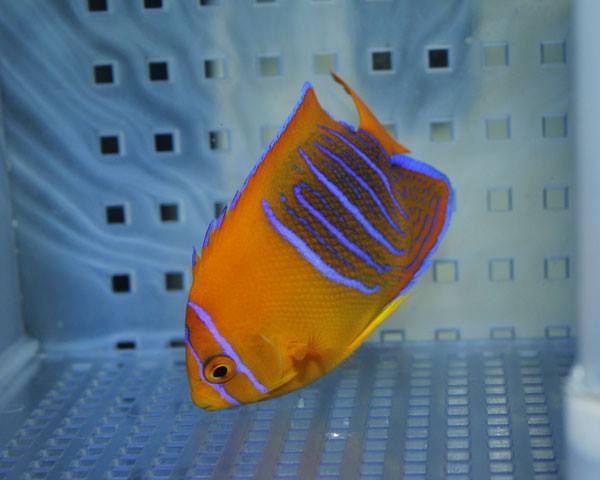Tangerine orange coloured clarion angelfishes are one the most well known of Holacanthus, and are becoming a common sight out of Baja imports. Everyone’s familiar with their fiery beauty, and the juveniles that are adorned with metallic blue striations. But exactly how many are familiar with their habitat in the wild and how they are collected?

With the influx of baby clarions now hitting countries all over the world, Craig Lightner from Cortez Tropical Marine shared with us one of their collection trip videos, which demonstrates briefly how they operate as well as giving us an inside look on clarion angels in the wild.
For those accustomed with the stereotypical lush coral laden gardens of the tropics, we would like you to first remove all memory of that before watching the video. The seas where clarion angels, as well as all Mexico fishes inhabit are anything but colourful. No swaths of neatly grown Acropora, no hoards of Pseudanthias swimming above the reefs.

The clarion angels, like a bunch of orange garbed gypsies, dance around the equally abundant sterile boulders that scape the ocean floor. As TCM deals only with stores and wholesalers, and ship large quantities of fish at a time, the angels and their other stock are carefully collected by hand nets and are then transferred to their holding facility, where they are medicated and acclimated before shipping.
It is interesting to see unfamiliar Acanthurus nigricans and Ostracion meleagris swimming amongst the native Bodianus diplotaenia and Johnrandallia. While the two former species also inhabit these areas, we are so used to seeing them associated with coral reefs that it’s quite unusual to see them in this setting.
We would like to thank Craig Lightner and Cortez Tropical Marine for the video of their collection and of the clarions in the wild. It’s always nice to know what goes on behind the scenes before receiving our fish. We hope to hear more from CTM and look forward to seeing what other rarities they will pull up next.



